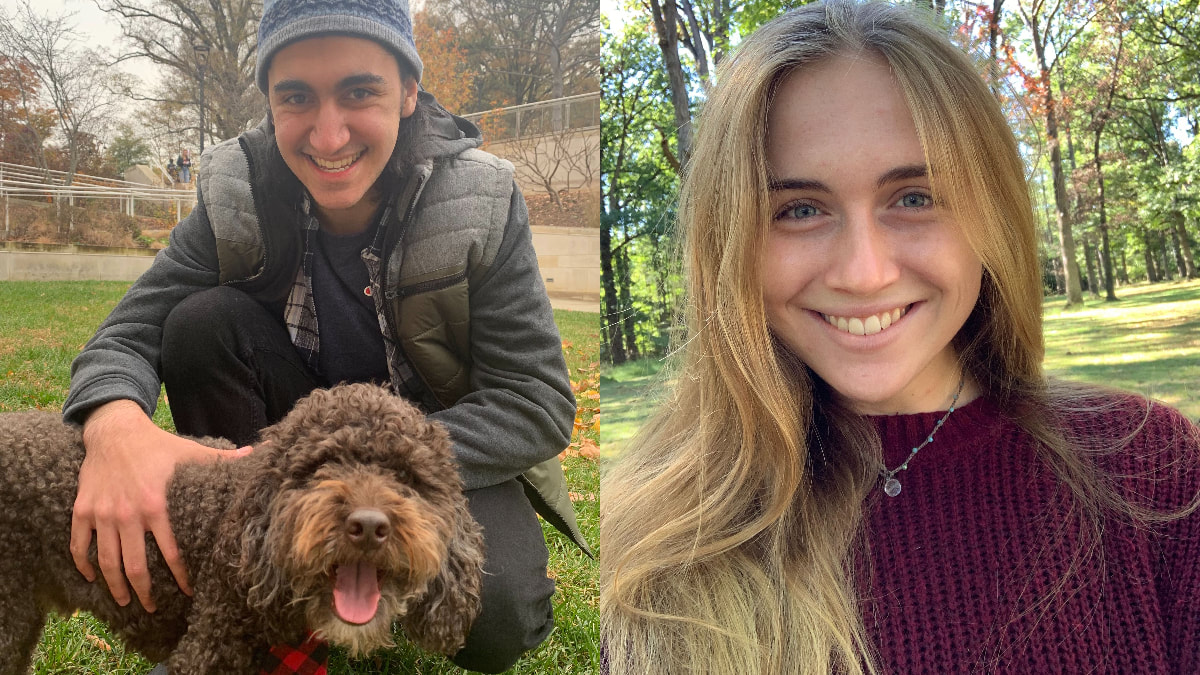 Photo Credit: Alireza Shokoohi Photo Credit: Alireza Shokoohi The bold beautiful colors of a 1 inch long adult spotted lanternfly are pretty hard to miss. Their striking attributes allow for researchers to make many experimental observations about the insects, including discoveries about their feeding preferences as adults. However, at the earliest instars the spotted lanternflies are smaller and muted in color making feeding preferences much more difficult for researchers to track by observation alone. To overcome the difficulties of the observational approach, the Lamp Lab turns to DNA metabarcoding to get more insights about their diet. The results of their study were published earlier this summer in a special issue of Insects. Focusing exclusively on the first nymphal instars, the Lamp Lab used a novel approach, utilizing “bulk” DNA extracts for DNA metabarcoding of nymphal gut contents, to identify plants that the nymphs had ingested prior to being collected. Through this novel approach they were able to identify 13 novel host plants that have not been previously included in host plant lists for spotted lanternfly in the U.S. The Lamp Lab is hopeful that discoveries like these, on the diet of the spotted lanternfly across development stages, will lead to better management of this invasive species. Share your colleagues work with your networks on facebook, twitter, the car ride with your friends who are always asking you about bugs b/c you work in Entomology. |
Categories
All
Archives
June 2024
|
Department of Entomology
University of Maryland
4112 Plant Sciences Building
College Park, MD 20742-4454
USA
Telephone: 301.405.3911
Fax: 301.314.9290
University of Maryland
4112 Plant Sciences Building
College Park, MD 20742-4454
USA
Telephone: 301.405.3911
Fax: 301.314.9290


 RSS Feed
RSS Feed




